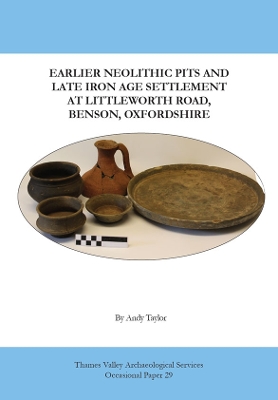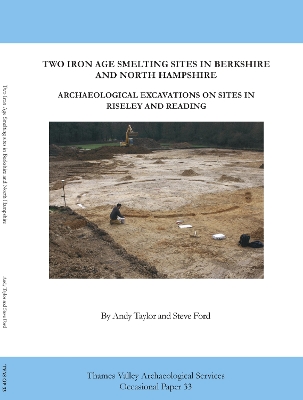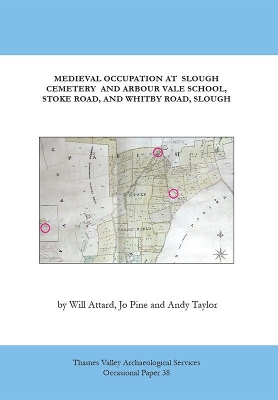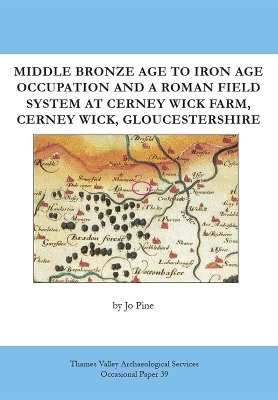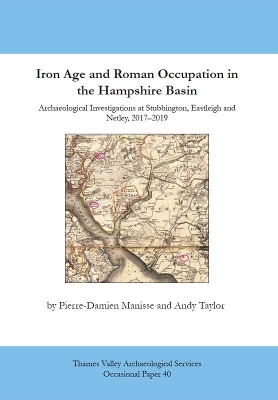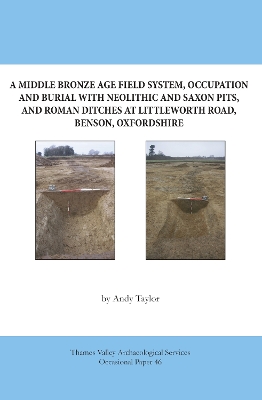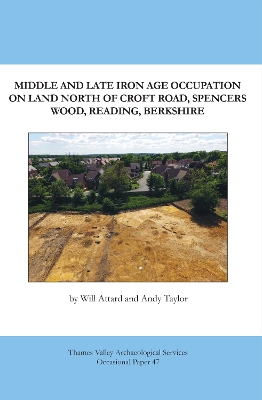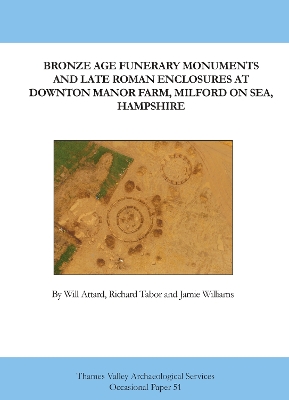TVAS Occasional Papers
9 primary works
Book 29
Earlier Neolithic Pits and Late Iron Age Settlement at Littleworth Road, Benson, Oxfordshire
by Andy Taylor
Book 33
Book 38
Medieval Occupation Sites at Slough Cemetery, Arbour Vale School, Stoke Road, and Whitby Road, Slough
by Will Attard, Jo Pine, and Andy Taylor
Book 39
Book 40
Book 46
Book 47
Book 50
Neolithic Pits, A Bronze Age Ring Ditch and Late Bronze Age Occupation at Honingham, Norfolk
by Jo Pine
Book 51
